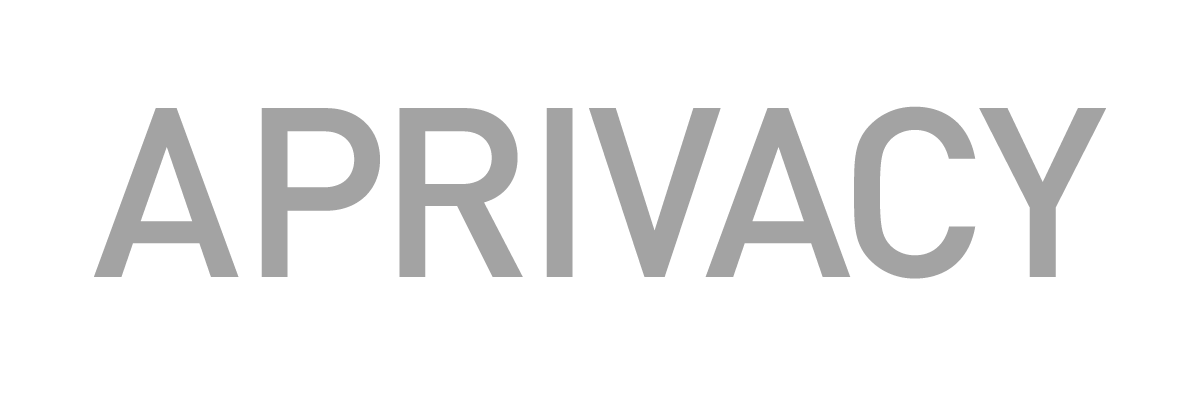Henri de Castries, former CEO of AXA, once stated, “Cyber risk is the only risk that keeps me awake at night.” A busy year in the field of digital security, 2016 saw cyber threats growing as areas of constant concern. Ransomware attacks increased by 172% in the first half of 2016 alone; business email compromise (BEC) scams have cost more than US$3 billion and affected more than 22,000 victims from the U.S., the U.K., Hong Kong, Japan and Brazil; and 270 million email usernames and passwords (from major email providers Gmail, Yahoo! and Microsoft) were hacked in Russia during the past year. No companies are safe from cyber attacks; however, financial institutions are most likely to be targeted given the obvious potential rewards on offer, the SWIFT network hack and US$81 million theft from the central bank of Bangladesh being prime examples.
In light of the current situation in the financial sector, regulatory frameworks are evolving and institutional pressure has strengthened. In parallel, customers’ desires for enhanced digital experiences and convenient communication continue to increase. In such conditions, improving cyber security measures while improving user experiences were top priorities for financial organisations last year.
As in 2016, the coming year will certainly see the emergence of new digital security solutions particularly targeting the financial industry. Beyond solving issues around cybersecurity risks, data security will also provide numerous advantages to financial services companies.
Here are five trends in digital security which will be significant levers for financial services companies in 2017.
1. Messaging Apps as a Favourite Communications Channel in Banking
Mobile messaging apps are prevalent in the communications landscape as a favourite communication channel. While customer demand is increasing regarding these tools, new technology and innovative ways of communicating are being created allowing the usage of messaging apps for business purposes. This will most likely have a deep effect on global financial communications, especially in Asia, as clients in the region particularly use this channel (globally there are 1.4 billion users of mobile chat apps including 805 million users in the Asia-Pacific). The key to success in 2017 will be to get a seamless user experience (UX) and security when using messaging apps for financial services, similar to the experience of using common consumer apps currently available on the market. The concern will be not to fall into the trap of adding messaging capabilities to existing banking apps, which are secure but do not provide the expected digital experience and therefore do not achieve the desired adoption rates. Digital security solutions which enable the use of WhatsApp or WeChat securely and compliantly for direct communication between clients and their banker are examples of innovative solutions tackling banks and clients’ priority issues.
2. Simplicity in the Authentication Process
Past examples have proven that users generally favour convenience over security. However, a compromise still exists when it comes to authentication. Technologies have created new ways to securely authenticate and access a client’s own sensitive information but these are generally not convenient, are challenging to remember, and create client frustration. A trend in 2017 will be a reduction in difficult authentication processes such as double passwords, tokens or being directed to a third-party portal to access banking information, while receiving a more pleasing digital experience. This need is all the more acute as there is increasing demand from clients, who are more and more digitally savvy, and who request simple ways to access their secure personal information.
3. Fewer Visits to the Branch
Digital security will further help financial services companies to become fully digital. By securing their data and helping enhance digital and remote bank-client communication, it can assist with decreasing the number of clients visiting bank’s branches. More services will be offered through digital channels, lessening the need for clients to go into a branch or to deal face-to-face with their banker, particularly for complex and long processes such as Know-Your-Customer (KYC) procedures which will be possible via a client’s favourite communication channel (email, text message or social media). This represents a paradigm shift where clients don’t have to wait for banks to come to them, but can instead reach out to their bank when they want and on the channel they prefer because the data itself has been secured. This ultimately leads to an enhanced digital experience when dealing with their financial services providers.
4. Further Cost-Cutting Initiatives
Innovative technologies in the field of digital security will also be at the center of attention in 2017 as they enable financial players to reduce costs and even generate new revenue opportunities. Financial services companies face strong cost pressure where budget cuts have become the trend. By securing the data itself and enabling the digitalisation of communications, financial institutions, such as banks, will save millions with reduced costs from mailings (e.g., clients’ statements), as well as the consolidation of multiple security solutions by single security technologies.
5. Enhanced Compliance with Regulatory Requirements
Over the past two years, regulatory institutions have strengthened regulatory frameworks in order to more effectively address cyber risk issues. One of the most active regions in this topic is Asia with strong initiatives targeting the financial services industry. This trend will most certainly continue in the coming year, as some regulations are already scheduled to be enforced in 2017. Examples of these regulations in several Asian countries are: the Monetary Authority of Singapore (MAS) launched a “National Cybersecurity Strategy” in October 2016 and a new “Cybersecurity Act” (to be enforced in 2017); the Japan Financial Security Agency (FSA) added a new cybersecurity management and information security governance section in its financial institutions inspection manual (April 2015); and the Hong Kong Monetary Authority (HKMA) launched a “Cybersecurity Fortification Initiative” in May 2016. By reinforcing their cybersecurity frameworks with digital security solutions, banks and insurance firms align with past and new requirements. Digital security is one of the tools that can help financial institutions comply with these regulations.
Digital Security Perfected – APrivacy Ltd. is an award-winning company which combines military-grade data security with a seamless user experience on any platform, any device, anywhere. APrivacy Ltd.’s enabling technology now allows the financial services industry to confidently communicate with clients using their favourite channels leading to increased revenues and reduced costs while meeting the strictest regulatory requirements.


